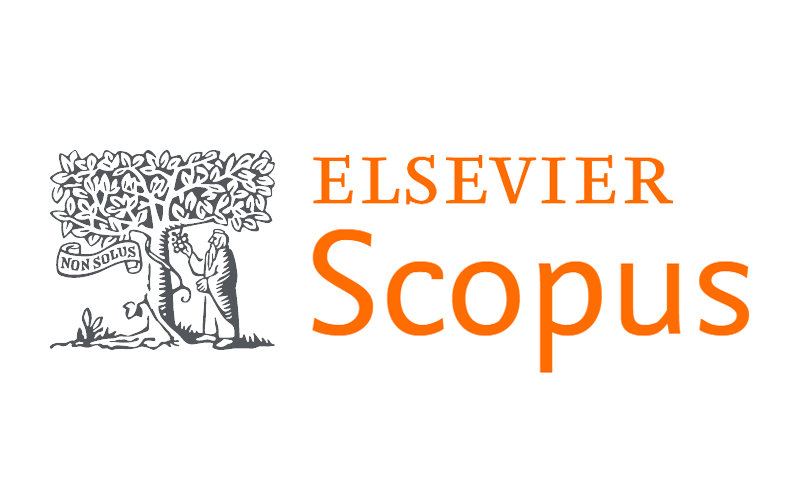An analysis of referral patterns of traumatic brain injury at Groote Schuur Hospital Trauma Centre
DOI:
https://doi.org/10.7196/SAMJ.2024.v114i17.1829Keywords:
traumatic brain injury, computed tomgraphyAbstract
Background. Traumatic brain injury (TBI) can result in significant morbidity and mortality if not diagnosed in a timely manner. Brain computed tomography (CT) is the diagnostic gold standard but is of limited availability in most South African public hospitals, resulting in transfer of TBI patients to tertiary hospitals.
Objective. To describe the referral patterns and outcomes of patients with TBI referred to Groote Schuur Hospital Trauma Centre. Methods. This was a retrospective audit of all patients admitted to the Trauma Centre who had a brain CT scan for suspected TBI between 1 February 2022 and 31 March 2022. Demographic data (age, sex), mechanism of injury and Glasgow Coma Score were recorded. Referral pathways were determined, and final disposition of patients was recorded.
Results. A total of 522 patients had a brain CT for TBI. Of these, 314 (60.1%) were referred from other hospitals. CT scan was abnormal in 178 (34.1%) patients. Three hundred and two (58.6%) were discharged home within 24 hours. The mean time between referral and CT scan was 13 hours.
Conclusion. More than half of patients referred for a CT scan were discharged from the Trauma Centre within 24 hours of admission, which indicates additional costs and inefficiencies in the health system. These data are useful to guide resource planning and allocation for district hospitals, since less expensive point-of-care modalities now exist to diagnose TBI, and which are useful in indicating the prognosis of patients.
References
Reynolds TA, Stewart B, Drewett I, et al. The impact of trauma care systems in low- and middle- income countries. Annu Rev Public Health 2017;38:507-532. https://doi.org/10.1146/annurev- publhealth-032315-021412
Mock C, Joshipara M, Arreola-Risa C, et al. An estimate of the number of lives that could be saved through improvements in trauma care globally. World J Surg 2012;36(5):959-963. https://doi. org/10.1007/s00268-012-1459-6
Iaccarino C, Carretta A, Nicolosi F, et al. Epidemiology of severe traumatic brain injury. J Neurosurg Sci 2018;62(5):535-541. https://doi.org/10.23736/s0390-5616.18.04532-0
Naik A, Bederson MM, Detchou D, et al. Traumatic brain injury mortality and correlates in low- and middle-income countries: A meta-epidemiological study. Neurosurgery 2023;93(4):736-744. https:// doi.org/10.1227/neu.0000000000002479
Kabongo JM, Nel S, Pitcher RD. Analysis of licensed South African diagnostic imaging equipment. Pan Afr Med J 2015;22:57. https://doi.org/10.11604/pamj.2015.22.57.7016
Taylor A, Fieggen G, Hartzenberg B, Wallis L, et al. Head Injury Guidelines Handbook for the Western Cape Department of Health, 2008. WCDoH, 2008.
NationalInstituteforHealthandCareExcellence.Headinjury:Assessmentandearlymanagement.NICE Guideline. 2023. Manchester: NICE, 2023. www.nice.org.uk/guidance/ng232 (accessed 7 August 2023).
Korley FK, Jain S, Sun X, et al. Prognostic value of day-of-injury plasma GFAP and UCH-L1 concentrations for predicting functional recovery after traumatic brain injury in patients from the US TRACK-TBI cohort: An observational cohort study. Lancet Neurol 2022; 21:803-813. https://doi. org/10.1016/S1474-4422(22)00256-3
Diaz-Arrastia R, Wang KKW, Papa L, et al. Acute biomarkers of traumatic brain injury: Relationship between plasma levels of ubiquitin C-terminal hydrolase-L1 and glial fibrillary acidic protein. J Neurotrauma 2014;31(1):19-25. https://doi.org/10.1089%2Fneu.2013.3040
Papa L, Brophy GM, Welch RD, et al. Time course and diagnostic accuracy of glial and neuronal blood biomarkers GFAP and UCH-L1 in a large cohort of trauma patients with and without mild traumatic brain injury. JAMA Neurol 2016;73(5):551-560. https://doi.org/10.1001/jamaneurol.2016.0039
Bouzat P, Almeras L, Manhes P, et al. Transcranial Doppler to predict neurologic outcome after mild to moderate traumatic brain injury. Anesthesiology 2016;125:345-354. https://doi.org/10.1097/ ALN.0000000000001165
Nida F, Ashfaq S, Talat SC, et al. Role of transcranial Doppler in traumatic brain injury: A systematic review and meta-analysis. Asian J Neurosurg 2019:14(3):626-63. https://doi.org/10.4103/ajns.ajns_42_19 13. Bouzat P, Mauro O, Payen J. Transcranial Doppler after traumatic brain injury. Curr Opin Crit Care
;20(2):153-160. https://doi.org/10.1097/mcc.0000000000000071
Trabold F, Meyer PG, Blanot S, et al. The prognostic value of transcranial Doppler studies in children
with moderate and severe head injury. Intensive Care Med 2004;30:108-112. https://doi.org/10.1007/ s00134-003-2057-8
Downloads
Published
Issue
Section
License
Copyright (c) 2024 N Parker, T Navsaria, M Lopez, L Marineau, R Maine, K Chu, T Govender, D McPherson, P Navsaria

This work is licensed under a Creative Commons Attribution-NonCommercial 4.0 International License.
Licensing Information
The SAMJ is published under an Attribution-Non Commercial International Creative Commons Attribution (CC-BY-NC 4.0) License. Under this license, authors agree to make articles available to users, without permission or fees, for any lawful, non-commercial purpose. Users may read, copy, or re-use published content as long as the author and original place of publication are properly cited.
Exceptions to this license model is allowed for UKRI and research funded by organisations requiring that research be published open-access without embargo, under a CC-BY licence. As per the journals archiving policy, authors are permitted to self-archive the author-accepted manuscript (AAM) in a repository.
Publishing Rights
Authors grant the Publisher the exclusive right to publish, display, reproduce and/or distribute the Work in print and electronic format and in any medium known or hereafter developed, including for commercial use. The Author also agrees that the Publisher may retain in print or electronic format more than one copy of the Work for the purpose of preservation, security and back-up.





